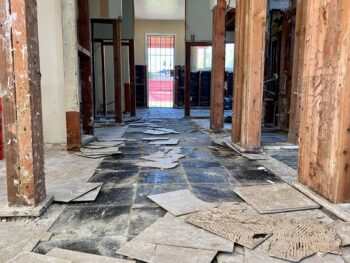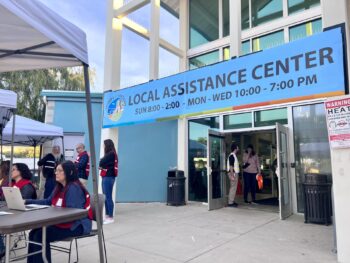A local researcher’s study of Sudden Infant Death Syndrome (SIDS) that is garnering national media coverage this week relied on records of the 568 infant deaths the County Medical Examiner’s office investigated over 17 years.
“This is an incredibly powerful study because of the extreme cooperation of the Medical Examiner’s Office with us since 1991,” said Dr. Henry Krous, a veteran pathologist at Rady Children’s Hospital and the primary author of the paper published Monday in the journal Pediatrics. “In contrast to many published studies, this study is based on the entire population, 100 percent, of all the infant deaths in San Diego County from 1991 through 2008”
One of the study’s primary findings is that the infants who died of SIDS usually had multiple risk factors, for example, sharing a bed, sleeping on the stomach and having a mother who smoked through pregnancy.
“The number one thing to take away from the study is that, rather than focusing on any one particular risk factor, caretakers should focus on avoiding all known risk factors,” said Krous.
So what does the study say about how and where a baby should sleep?
“A crib with a well fitting, firm mattress; they shouldn’t have blankets and other soft objects in the bed, no bumper pads,” said Krous.
Dr. Glenn Wagner, the County’s Chief Medical Examiner, said he was gratified that the office’s investigations into hundreds of infant deaths have aided understanding of how future deaths might be prevented.
“Each of these deaths represents a life lost and a family that experienced immeasurable grief,” said Wagner. “So the best outcome we’re seeking when we investigate these deaths is that we’ll learn something about how to make children safer. Dr. Krous’s careful review of the cases and his conclusions will help parents do that.”
Krous’s study focuses on the changing prevalence of risk factors involved in SIDS since the advent of the 1994 “Back to Sleep” campaign, which emphasized the link between front sleeping and SIDS. In the 10 years following the campaign, infant deaths from SIDS dropped by nationwide by 50 percent. But they have since plateaued.
Before that campaign, 85 percent of the infants in the study had been put to sleep on their bellies, compared to 30 percent after the campaign. Still, with front sleep still a factor in about 30 percent of SIDS deaths, public awareness is not where it needs to be, Krous said.
“Prone sleep has been known for a long time to be an important risk factor,” Krous said. “…There is still a lot of work for health care providers to continue very vigorous efforts to educate caretakers about the risk of prone sleep positions.”
The study also identified sleeping on adult mattresses and bed-sharing as other prominent risks.
The percentage of SIDS infants bed-sharing at the time of death increased from 19.2 before “Back to Sleep” to 37.9 percent, and the percentage found in an adult bed increased from 23.4 percent to 45.4 percent.
The majority—57 percent—of infant deaths in the study involved two “external risk factors,” such as sleeping in an adult bed or having loose blankets and one “intrinsic risk factor,” genetic and environmental factors that have been linked to higher rates of SIDS. These include being male or African American, being born prematurely or having prenatal exposure to smoking.
Krous hopes his research, which was summarized this week in popular periodicals including USA Today, U.S. News and World Report, and WEB MD, will support 2011 guidelines published by the American Academy of Pediatrics (AAP). These guidelines describe the best sleeping and prenatal and early childhood practices—including the importance of breastfeeding and vaccinations.
Kitty Roche, a public health nurse and San Diego County’s SIDS coordinator, said seven County public health nurses train medical staff in current AAP guidelines, and that Krous’s work apparently validates the those guidelines—which emphasize multiple ways to reduce SIDS risk factors: sleeping alone in a crib, early vaccinations, breastfeeding, back sleeping.
It may sound like a lot, but it’s a set up that most parents can achieve.
“What we suggest is that babies share a room with a parent, with their crib in close proximity, but not in a bed,” said Roche. “It makes breastfeeding easy, and it’s safer than sharing the adult bed.”




